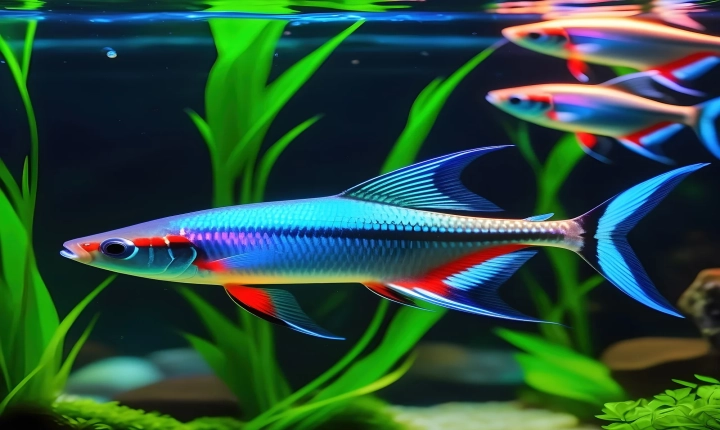Title: The Creative Process of AI Art: Exploring the Intersection of Technology and Creativity
Introduction:
Artificial Intelligence (AI) has permeated into almost every aspect of our lives, including the realm of art. With the advances in machine learning and deep learning algorithms, AI has become a powerful tool for creating art. From generating digital paintings to composing music, AI has opened up new possibilities for artistic expression. In this article, we will delve into the creative process of AI art and explore how technology and creativity intersect in this innovative field.
Data Collection and Training:
The first step in creating AI art involves collecting and curating a vast amount of data. This data can include images, paintings, music, or any other form of art. The more diverse and comprehensive the dataset, the better the AI model can learn and generate meaningful and creative outputs. Once the dataset is curated, it is used to train the AI model using deep learning techniques. During the training process, the model learns the patterns, styles, and nuances present in the input data, which form the foundation for generating new art.
Style Transfer and Generation:
One of the most popular techniques used in AI art is style transfer, where the model is trained to apply the characteristics of one artwork to another. For example, a model can be trained to apply the brushstrokes of Van Gogh to a photograph or to generate new images in the style of Picasso. This process involves intricate neural network architectures that analyze the content and style of the input images and then combine them to produce a new piece of art that encapsulates the essence of both.
Another approach to AI art creation involves generative models such as Generative Adversarial Networks (GANs) and Variational Autoencoders (VAEs). These models are capable of creating entirely new artworks from scratch based on the patterns and styles they have learned during training. This process results in the generation of original and often surreal pieces of art that push the boundaries of traditional artistic expression.
Human-AI Collaboration:
While AI has demonstrated remarkable capabilities in creating art, it is important to note that the role of human artists and creators remains invaluable in the process. Many artists and technologists collaborate with AI as a tool to augment and inspire their creativity rather than replacing human creativity altogether. Some artists use AI-generated outputs as a starting point and then further refine and iterate on them, infusing their own creative intuition and vision into the final artwork.
Ethical and Philosophical Considerations:
The rise of AI art also raises important ethical and philosophical questions. As AI becomes increasingly proficient at creating art, it challenges traditional notions of authorship and originality. Questions arise about the ownership and attribution of AI-generated artworks, as well as the potential impact on the art market and the role of human artists.
Furthermore, the use of AI in art creation sparks debates about the nature of creativity and whether AI can truly be considered creative in the same way humans are. Some argue that AI is merely replicating patterns and styles learned from existing art, while others view it as a form of creative expression in its own right.
Conclusion:
The realm of AI art represents a fascinating intersection of technology and creativity, pushing the boundaries of what is possible in artistic expression. The process of creating AI art involves complex algorithms, vast datasets, and novel approaches to generating artistic outputs. As AI continues to advance, it will undoubtedly play a significant role in shaping the future of art, sparking new conversations, collaborations, and explorations at the intersection of technology and creativity. The evolving field of AI art offers a glimpse into the potential of combining human ingenuity with the power of artificial intelligence to create innovative and thought-provoking works of art.
